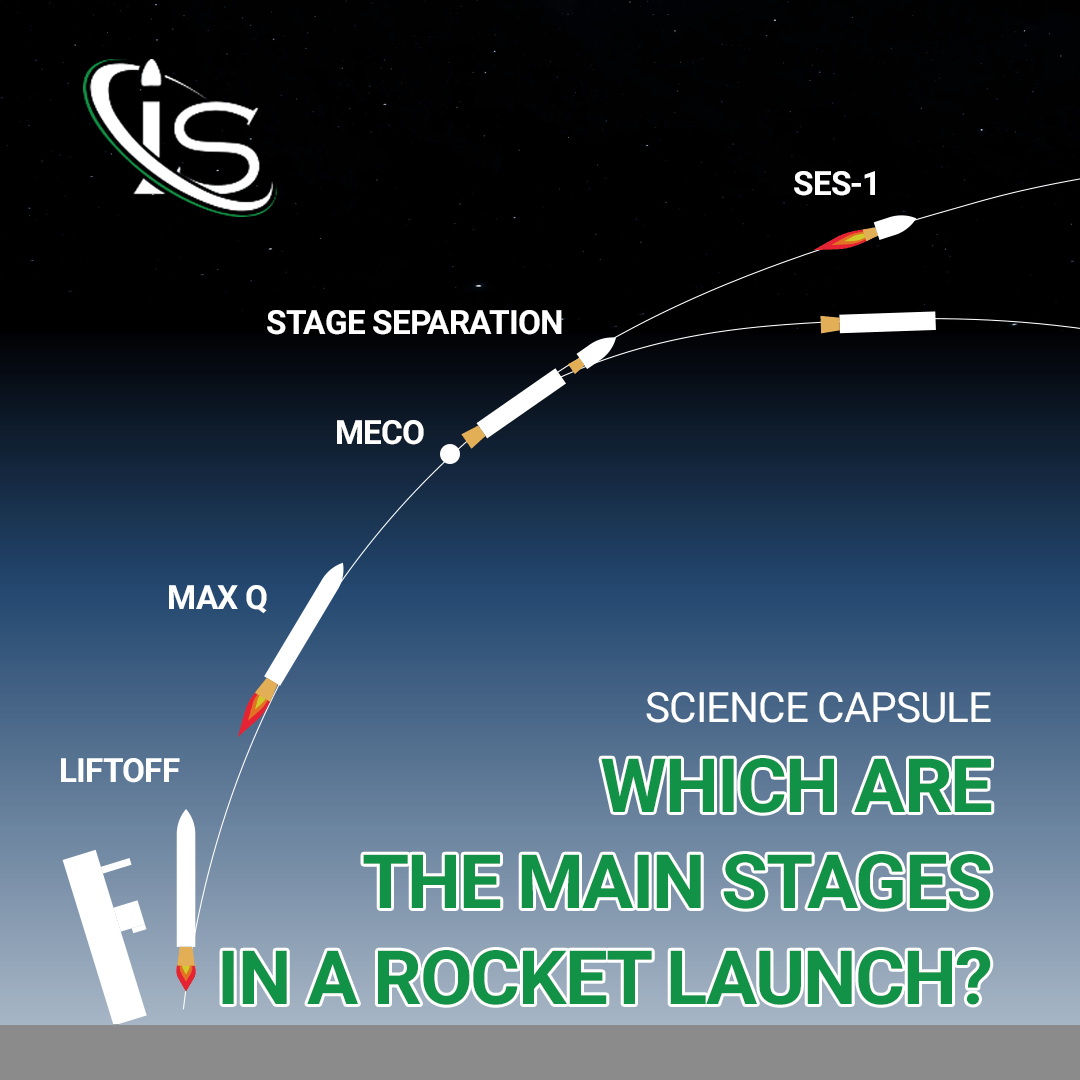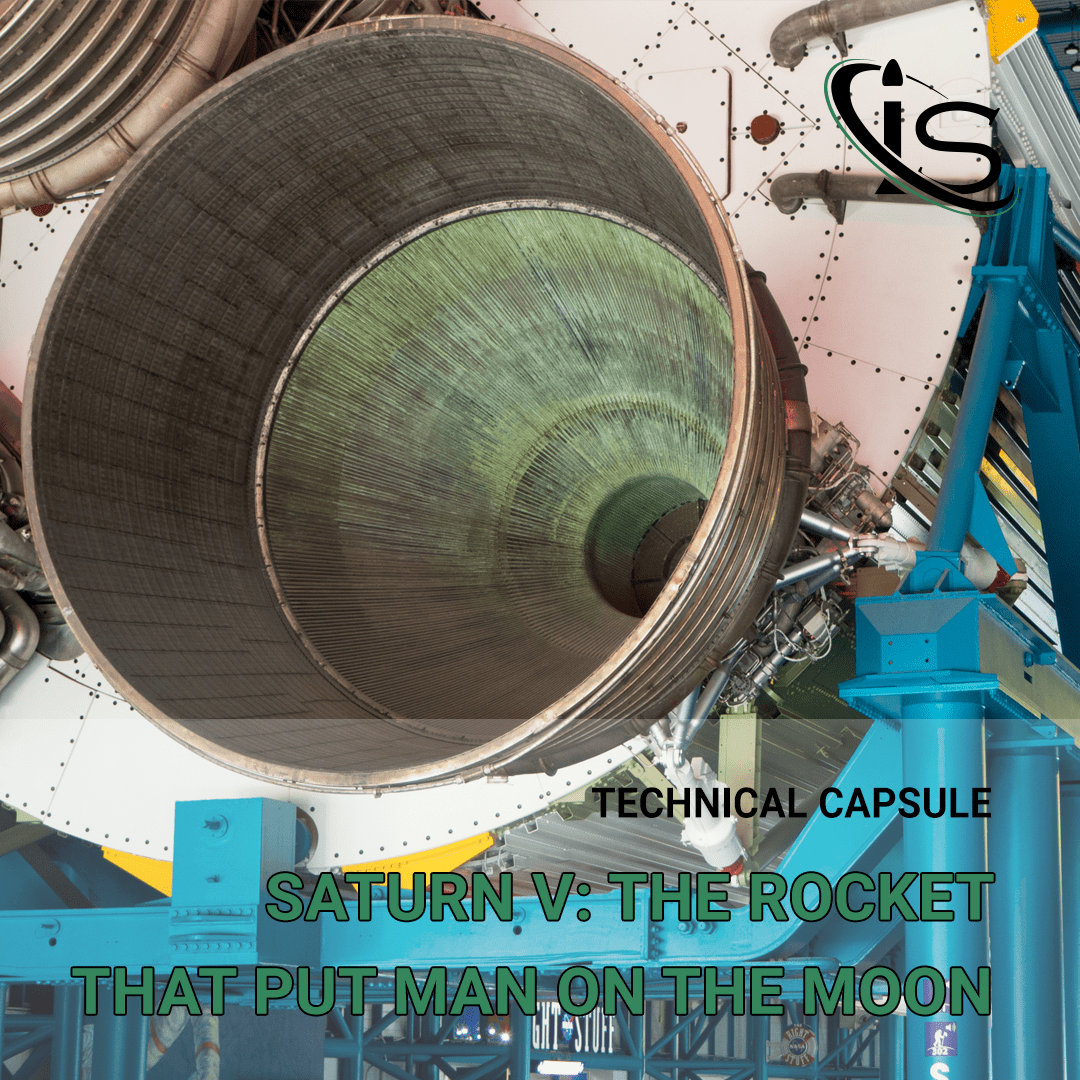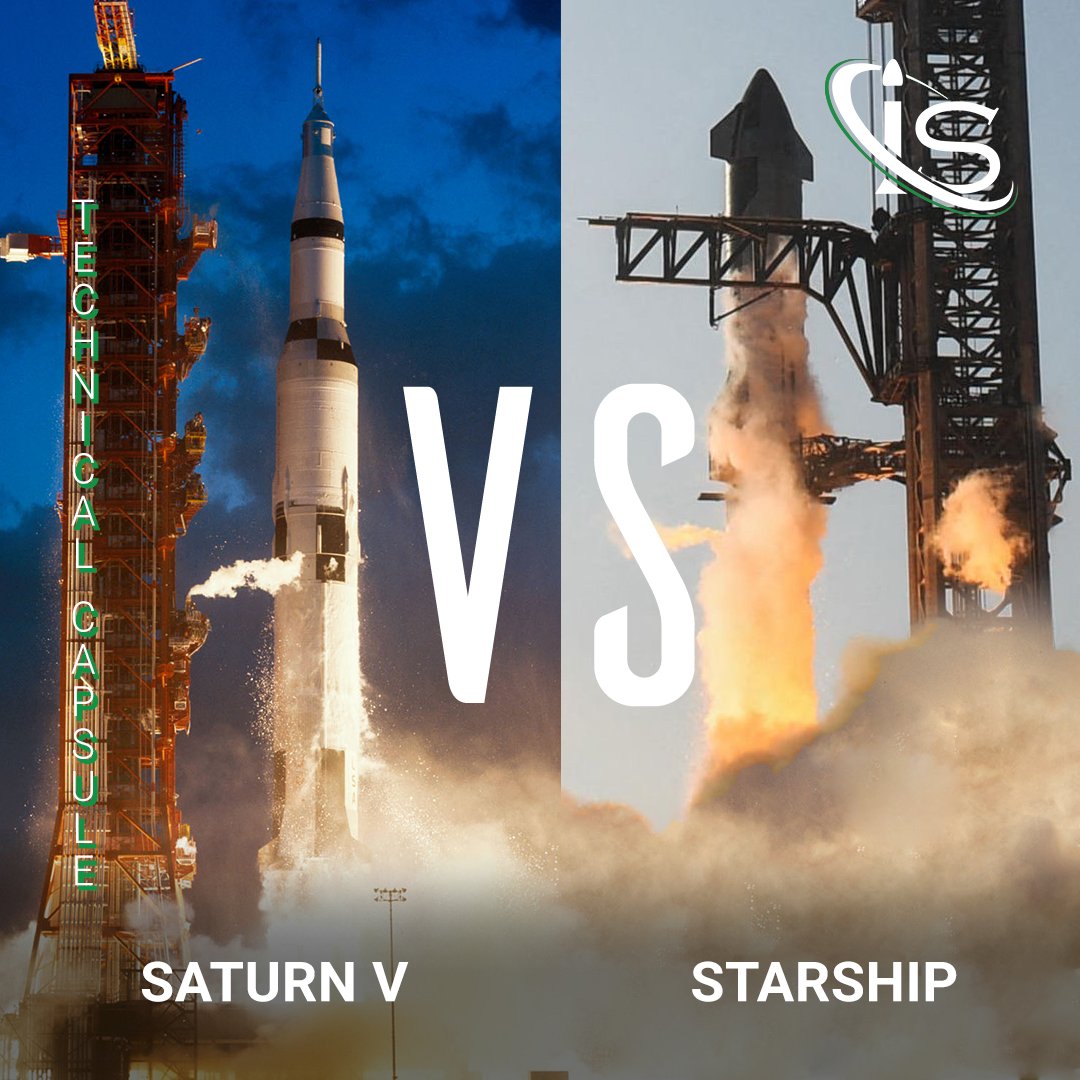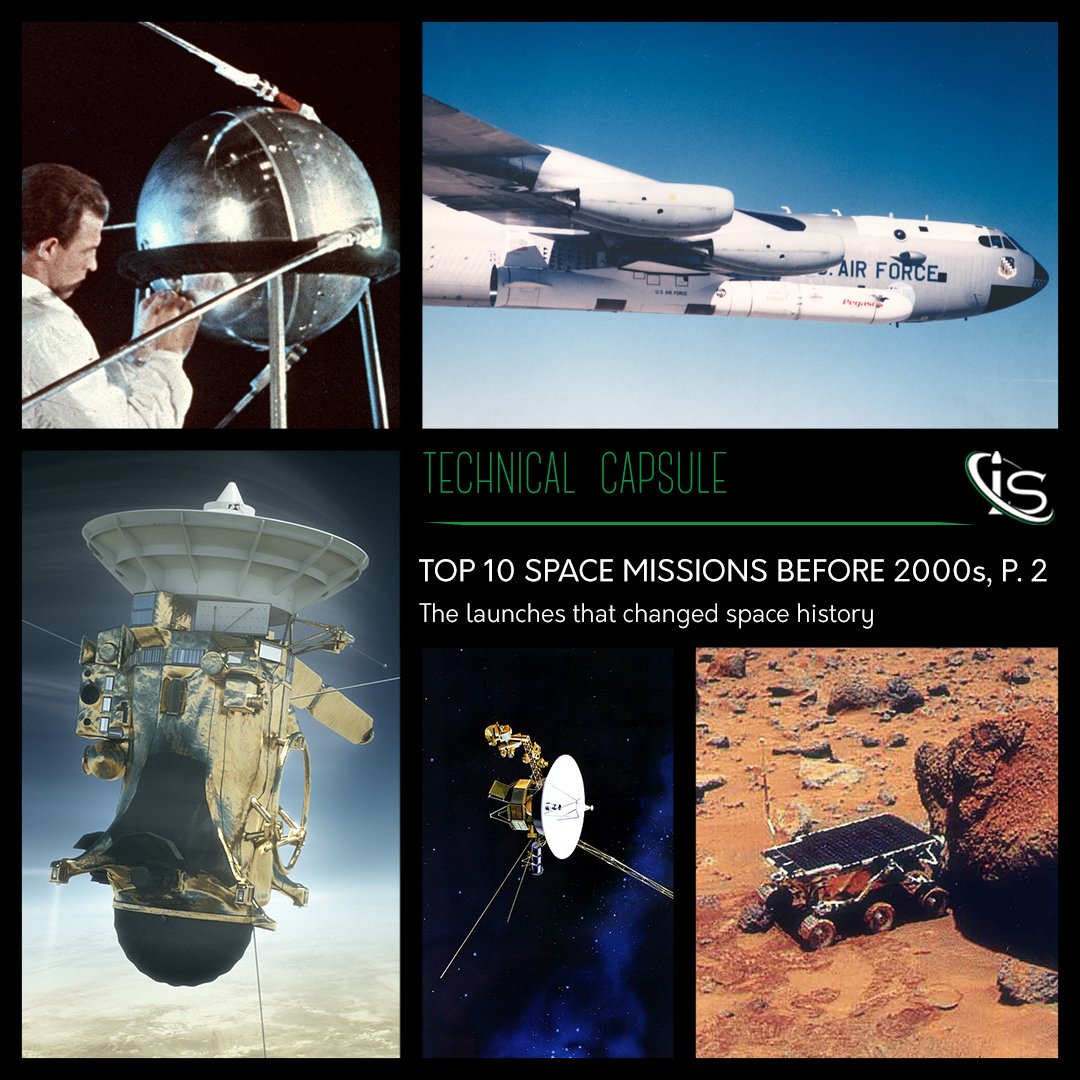Welcome to the newest installment of our historical milestone series. After discussing the first ever satellite, Sputnik, last time, we are turning our attention to one of the most famous rockets of all time, Saturn V. More specifically, the first mission to feature this space juggernaut, Apollo 4. There’s a lot to talk about, so let’s get right to it.
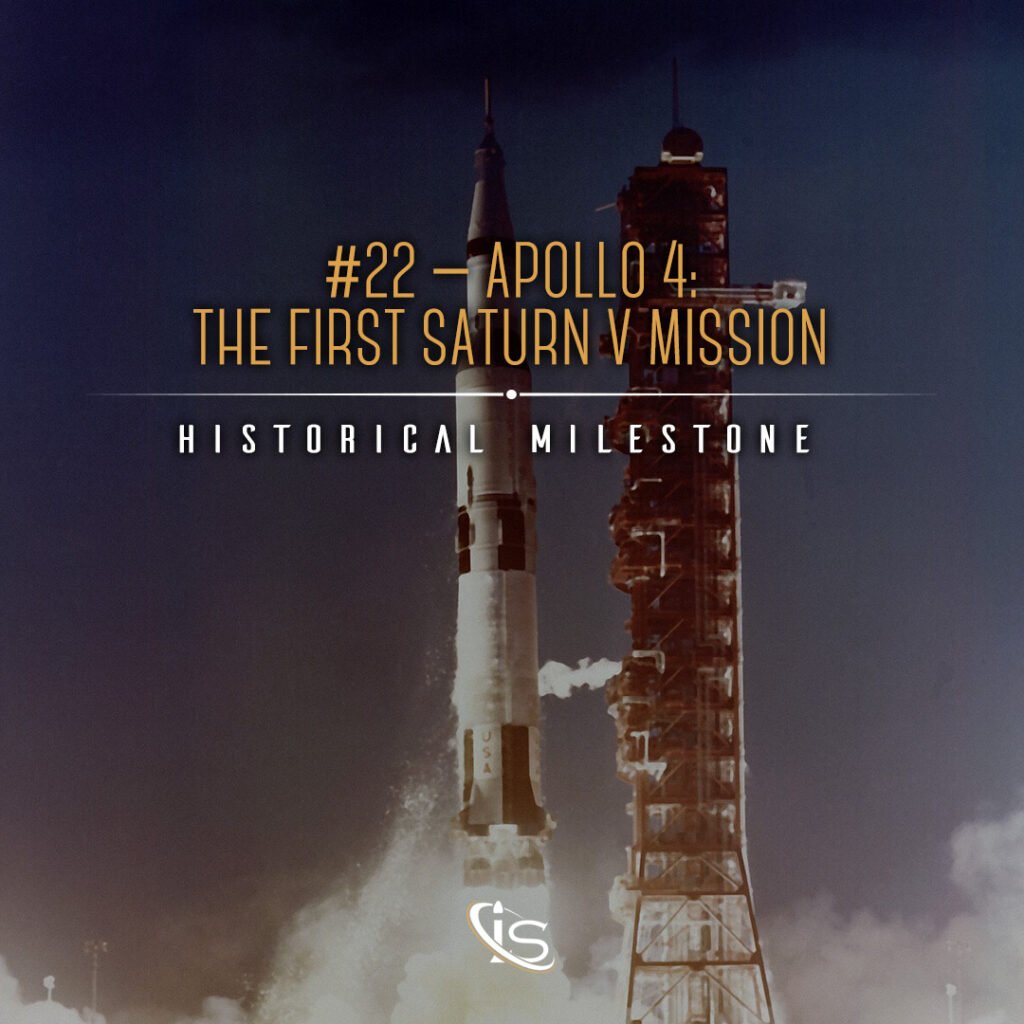
Saturn V’s Debut
The year was 1967 and the prospect of reaching the Moon was becoming more and more of a reality. The Apollo program was in full swing, and the designing of Saturn rockets was yielding results. After tests to check the fits and facilities operations at Launch Pad 39A, dynamic testing, and 18 separate static fire tests of the first stage, Saturn V was finally ready for its first flight.
And so, the fateful moment finally arrived on November 9th, 2024, from LC-39A at the Kennedy Space Center. Saturn V took off from the famous complex on a mission to test every capability of the rocket. In NASA’s own words, this included testing: “structural integrity, compatibility of launch vehicle and spacecraft, heat shield and thermal seal integrity, overall reentry operations, launch loads and dynamic characteristics, stage separation, launch vehicle subsystems, the emergency detection system, and mission support facilities and operations”. The mission also carried the Apollo Command and Service Module (CSM) as its payload.
Apollo 4
The mission started with orbital injection into 184×192 km orbit via firing of the third stage, S-IVB. Then S-IVB’s engines were fired again to simulate a translunar injection, placing Saturn V in an orbit with an apogee of 17,346 km (10,841 mi). The third stage, then, separated from the CSM, with the SPS (Service Propulsion System) firing to get to an apogee of 18, 216 km (11,385 mi). The SPS was reignited again afterwards to reach velocities past those of lunar trajectory return. This was followed by the separation of the Command Module and Separation Module. Then, the Command Module was oriented for reentry, eventually landing back on Earth near Hawaii.
The mission was declared a success by NASA, paving the way for future Saturn V launches. The Command Module apogee camera also returned pictures of Earth from around the time it reached apogee.
And that takes us to the end of this milestone. It is pretty incredible to think what the space industry was able to accomplish, even those years ago. After all, it would take less than 2 years after this test for Saturn V to be used in the first Moon Landing.
In any case, I hope you enjoyed learning about Saturn V’s first ever mission. Make sure to follow impulso.space on social media to keep up with all our company’s updates.
